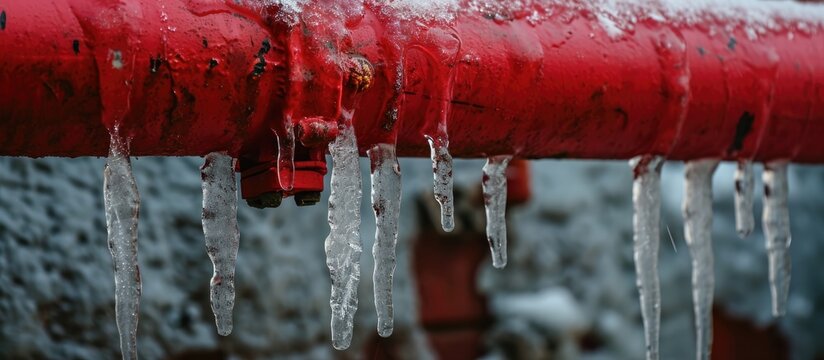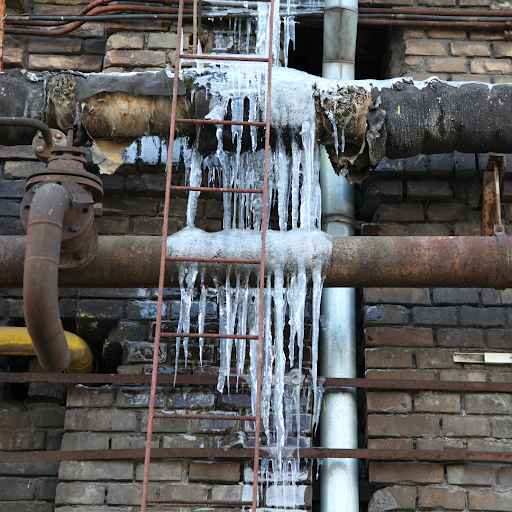Preventing Frozen Plumbing in Cold Weather: Critical Strategies
Preventing Frozen Plumbing in Cold Weather: Critical Strategies
Blog Article
What're your concepts about Prevent Frozen Pipes ?

Winter can wreak havoc on your plumbing, specifically by freezing pipes. Below's exactly how to prevent it from taking place and what to do if it does.
Intro
As temperatures decrease, the threat of frozen pipes increases, potentially bring about pricey repair work and water damage. Recognizing how to prevent icy pipes is essential for home owners in chilly environments.
Prevention Tips
Protecting vulnerable pipes
Cover pipelines in insulation sleeves or make use of heat tape to safeguard them from freezing temperature levels. Concentrate on pipes in unheated or external locations of the home.
Home heating methods
Keep interior spaces appropriately warmed, especially locations with plumbing. Open up closet doors to allow cozy air to circulate around pipelines under sinks.
How to determine frozen pipelines
Try to find reduced water circulation from taps, unusual smells or sounds from pipes, and noticeable frost on revealed pipes.
Long-Term Solutions
Structural changes
Consider rerouting pipelines away from outside wall surfaces or unheated areas. Include added insulation to attic rooms, basements, and crawl spaces.
Upgrading insulation
Purchase high-quality insulation for pipelines, attics, and walls. Appropriate insulation helps preserve constant temperature levels and lowers the threat of frozen pipes.
Safeguarding Outdoor Pipes
Yard tubes and exterior faucets
Detach and drain garden hose pipes before winter months. Install frost-proof spigots or cover exterior taps with insulated caps.
Comprehending Icy Pipes
What creates pipelines to ice up?
Pipelines freeze when exposed to temperature levels listed below 32 ° F (0 ° C) for expanded periods. As water inside the pipes freezes, it increases, taxing the pipeline walls and possibly causing them to break.
Risks and damages
Icy pipes can cause supply of water disruptions, home damages, and costly repair work. Ruptured pipes can flood homes and trigger substantial architectural damage.
Indications of Frozen Pipes
Recognizing icy pipes early can prevent them from breaking.
What to Do If Your Pipelines Freeze
Immediate activities to take
If you suspect icy pipes, keep taps open up to eliminate stress as the ice melts. Make use of a hairdryer or towels taken in warm water to thaw pipelines slowly.
Final thought
Stopping icy pipes requires proactive measures and quick feedbacks. By understanding the causes, signs, and preventive measures, home owners can safeguard their pipes throughout winter.
5 Ways to Prevent Frozen Pipes
Drain Outdoor Faucets and Disconnect Hoses
First, close the shut-off valve that controls the flow of water in the pipe to your outdoor faucet. Then, head outside to disconnect and drain your hose and open the outdoor faucet to allow the water to completely drain out of the line. Turn off the faucet when done. Finally, head back to the shut-off valve and drain the remaining water inside the pipe into a bucket or container. Additionally, if you have a home irrigation system, you should consider hiring an expert to clear the system of water each year.
Insulate Pipes
One of the best and most cost-effective methods for preventing frozen water pipes is to wrap your pipes with insulation. This is especially important for areas in your home that aren’t exposed to heat, such as an attic. We suggest using foam sleeves, which can typically be found at your local hardware store.
Keep Heat Running at 65
Your pipes are located inside your walls, and the temperature there is much colder than the rest of the house. To prevent your pipes from freezing, The Insurance Information Institute suggests that you keep your home heated to at least 65 degrees, even when traveling. You may want to invest in smart devices that can keep an eye on the temperature in your home while you’re away.
Leave Water Dripping
Moving water — even a small trickle — can prevent ice from forming inside your pipes. When freezing temps are imminent, start a drip of water from all faucets that serve exposed pipes. Leaving a few faucets running will also help relieve pressure inside the pipes and help prevent a rupture if the water inside freezes.
Open Cupboard Doors
Warm your kitchen and bathroom pipes by opening cupboards and vanities. You should also leave your interior doors ajar to help warm air circulate evenly throughout your home.

I stumbled upon that blog post about Helpful Tips to Prevent Frozen Pipes this Winter while surfing the web. For those who appreciated our blog posting please don't forget to share it. We value your readership.
Book-Now Report this page